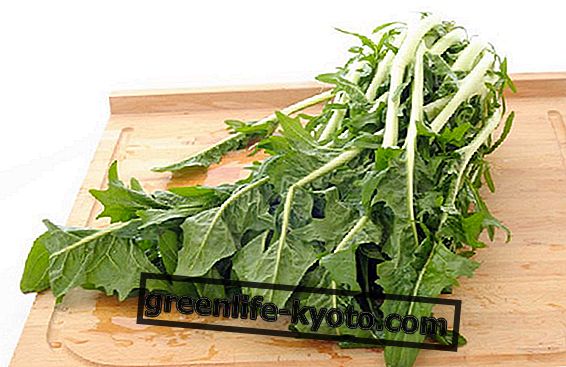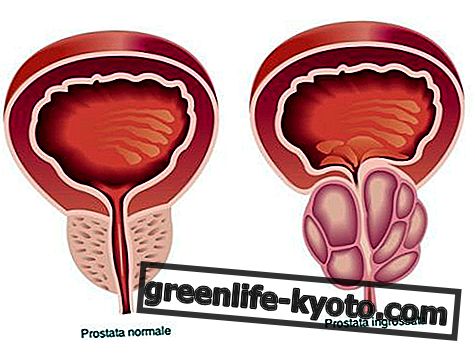Black pepper is a spice useful for promoting digestion and metabolism. Discover all the benefits, contraindications and how to use black pepper in the kitchen for body care.
Black pepper is a spice useful for promoting digestion and metabolism. However, not everyone knows that it can also be used for internal use, for muscular and relaxing massages . Let's find out better.

Description of the plant
From a particular processing of the fruits of Piper nigrum, a plant of the Piperaceae family native to India, we obtain the spice we know as black pepper .
From the same fruits, through different processing methods, other kinds of pepper are also obtained: white pepper and green pepper .
What we call instead pink pepper is the fruit of another plant ( Schinus molle ) and is a spice with a much more delicate flavor used mainly for its decorative qualities.
Black pepper is produced from the unripe fruits of Piper nigrum which are blanched and left to dry in the sun for about 10 days: in this way the grains dehydrate, blacken and take on the typical wrinkled appearance.
Properties and benefits of black pepper
Black pepper is one of the remedies of Ayurvedic medicine and is one of the three spices that make up the " Trikatu " (the others are saffron and long pepper) used to promote digestion and stimulate metabolism .
Indeed, piperine, the alkaloid contained in pepper, makes the spice stimulating, tonic and stomachic and, by stimulating the secretion of gastric juices, facilitates the digestive process and facilitates the absorption of nutrients drawing the maximum benefit from the ingested food.
Not recommended in case of gastritis, ulcer or hemorrhoids because it irritates the mucous membranes.
An effect of black pepper is also to stimulate thermogenesis, for this reason it is considered an excellent adjuvant in slimming diets and to combat obesity .
Black pepper also has antiseptic, expectorant and even aphrodisiac foods. This spice would also be valuable for fighting depression, in fact it seems that piperine stimulates the production of endorphins in the brain and acts as a natural antidepressant .
The use of black pepper is very common also for external use : the piperine it contains seems effective in fighting vitiligo, in wellness centers it is used in eudermic treatments and for muscle and relaxing massages, while a bath with black pepper essence stimulates the sweating and contributes to the purification of the organism .
Even in case of bruises, black pepper can be a good natural remedy to remove swelling and reduce pain with cold compresses.
Discover the properties, use and contraindications of the essential oil of black pepper
Calories and nutritional values of black pepper
100 g black pepper contain 251 kcal, and:
- Proteins 10.39 g
- Carbohydrates 63.95 g
- Sugars 0, 64 g
- Fat 3.26 g
- Dietary fiber 25.3 g
- Sodium 20 mg
Black pepper among foods rich in vanadium: discover the others

Use in the kitchen
Black pepper is really the king of spices and with its spicy and aromatic grains it flavor many dishes in recipes from all over the world .
With whole grains broths, salamis and sausages are enriched, while at the moment they are finely flavored with meat and fish but also pasta (let's think of spaghetti with cheese and pepper from the Roman culinary tradition), soups and risottos.
Also great for giving a stronger flavor to cheeses and sweet vegetables like fennel, carrots and peas.
Black pepper is so widespread that it also appears in the most famous spice mixtures such as baharat, creole and curry.
Curiosity about black pepper
No other spice, like black pepper, pushed so much the search for new trade routes to the East, so much so that for centuries it represented a bargaining chip of the highest value.
To date, the most common spice in European cuisine, black pepper, with its spicy and aromatic flavor, was already appreciated in Ancient Egypt, so much that some peppercorns were found in the tombs of the Pharaohs.
Known in Greece already before the fourth century a. C. and recommended by Hippocrates combined with vinegar and honey against menstrual pain, in the Roman Empire it became synonymous with wealth and bargaining chips. Apicius inserted this spice in almost all the recipes of his De re coquinaria and it seems that during the siege of Rome both the Huns and the Visigoths demanded enormous quantities of pepper in exchange for the salvation of the city.
In the common imagination, pepper represents wit and vivacity, so much so that to talk about a person who is " all pepper " underlines its lively and biting character, while " responding with salt and pepper " means to be controversial or to show oneself determined to assert oneself.
By Stefania Puma













